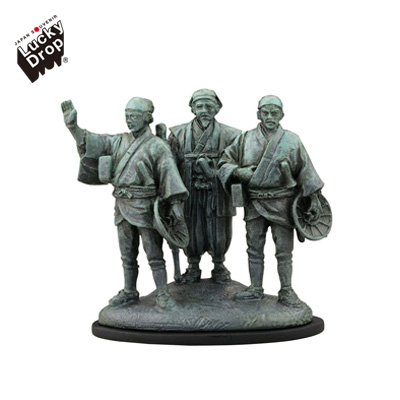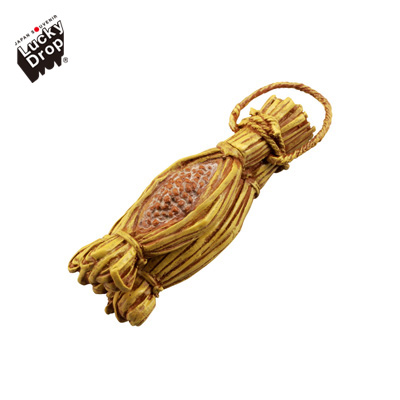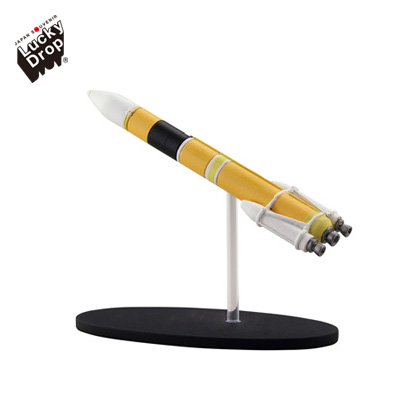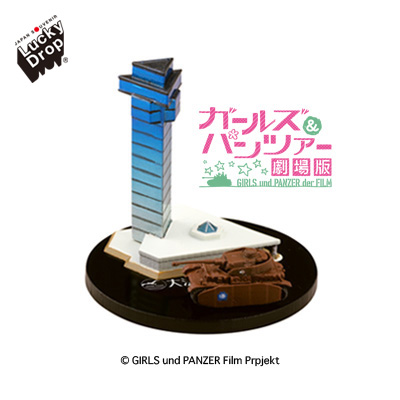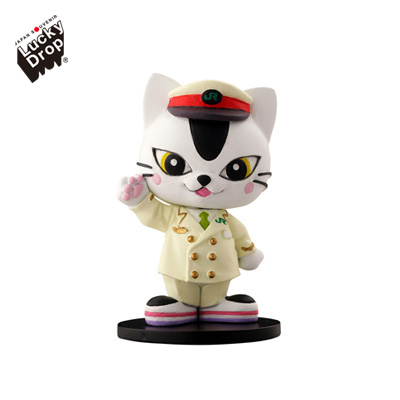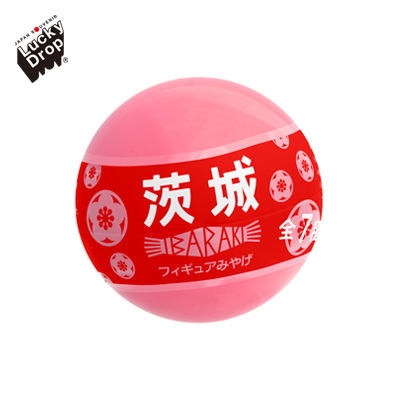-
水戸黄門助さん格さん像 / MITOKOMON STATUE
水戸駅北口にある黄門様の像。水戸黄門こと水戸藩第二代藩主・徳川光圀は、『大日本史』の編纂など数々の学問・文化的功績を残した。テレビドラマでおなじみの、助さん、格さんを従え諸国を旅するイメージは、実は資料収集のため家臣を諸国へ派遣したことが基になり、「水戸黄門漫遊記」として残ったのだとか。
The Mitokomon statue stands at the north exit of Mito Station. Mitokomon, the second head of the Mito Domain whose real name was Mito Mitsukuni, made many great academic and cultural achievements, most notably compiling the Dai-Nihonshi (Great Japanese History). The popular image of Mitokomon comes from a long-running samurai drama in which he travels all over the country with his entourage of Suke-san and Kaku-san. It is said that the real story behind these travels comes from the dispatching of vassals to many parts of the country to gather historical materials. These records were compiled in the Mitokomon Travelogue.
-
納豆 / NATTO (FERMENTED SOYBEANS)
水戸といえば納豆、という程全国に知られた茨城名物。稲わらには納豆菌が多く、蒸した大豆を藁で包み発酵させるのが伝統的な製法。元々農家などで盛んに作られていた納豆を商品化し、明治22年の水戸駅開業とともに駅前広場で売り出したことが好評を呼び、水戸名物として全国に広まったといわれている。
Mito is known across Japan for its locally produced natto. Rice straw contains a lot of Bacillus natto, and one traditional method for making natto is to wrap steamed beans in rice straw and ferment them. It is said that people created products featuring natto, which was produced in large amounts by farmers, and began selling them at the plaza in front of Mito Station when it opened in 1889. These products became great hits, and helped to fuel the nationwide spread of natto as one of the main specialties of Mito.
-
H-ⅡAロケット / H-II A ROCKET
研究学園都市として有名なつくば市にある『筑波宇宙センター』。日本の宇宙開発の中枢機関で、現在主力として活躍している「H-ⅡAロケット」は、世界のトップレベルの技術水準を誇る。一般見学も可能で、日本初の純国産ロケット「H-Ⅱロケット」の実機や、展示館では歴代ロケットなどが展示されている。
The Tsukuba Space Center is located in Tsukuba City, which is widely known as a major science research city in Japan, and stands as a leading organization in Japan’s space development. The H-II A Rocket, which is currently operated as a primary rocket, boasts the top level of rocket technology in the world. The center is also open to the general public, allowing people to enjoy displays of an actual prototype of the H-II Rocket, Japan’s first domestically created rocket, and other past rockets in the exhibition room.
-
あんこうの吊し切り / CUTTING SLICES OF ANGLERFISH HUNG FROM A LINE
「西のフグ 東のアンコウ」と称され、茨城を代表する冬の味覚のひとつ。吊るし切りは、下顎にフックを掛けて吊るし、胃袋に水を入れて体全体を膨らませて捌く独特の捌き方で、ずっしりと大きく、しかも全身が軟らかくてぬめりが強いあんこうを手早く捌くための伝統的な方法である。
People often say “the west has the blowfish, and the east has the anglerfish.” Cooked anglerfish is a major dish that is eaten in winter in Ibaraki. The people of Ibaraki use a unique method for cutting slices of anglerfish hung from a line. They put a hook through the lower jaw when they hang the fish, fill the stomach with water, inflate the whole body, and then cut it. This traditional method was used to quickly cut this heavy fish, whose entire body is soft and slimy.
-
ガールズ&パンツァー / GIRLS & PANZER
2012年に放送された、女子高生たちが戦車を使った武道「戦車道」を展開する人気アニメ『ガールズ&パンツァー』。その舞台・茨城県大洗町は、「ガルパンの聖地」として多くのファンが訪れる。劇中でも存在感を発している大洗町のシンボル「大洗マリンタワー」をメインにしたワンシーンをフィギュア化。
Girls & Panzer is a popular anime broadcast in 2012 in which high school girls practiced “Senshado,” a martial art involving the use of battle tanks. Many anime enthusiasts visit Oarai Town, Ibaraki, the setting for this anime, and refer to it as the “sacred land of Garupan.” We created a figure of a scene from the anime depicting Oarai Marine Tower, the symbol of Oarai Town that is featured prominently in the anime.
-
485系特急「ひたち」 / THE 485 LIMITED EXPRESS HITACHI
上野—いわき間を結ぶ「ひたち」として1972~1998年まで活躍した485系。国鉄の特急車両として様々な路線で活躍し、独特のボンネットの形や肌色の車体にえんじのラインなど、「特急」というと485系を思い浮かべる人も多いのでは。今回、利根川橋梁を渡る風景をあわせ、在りし日の「ひたち」を再現。
The 485 train, which was known as the “Hitachi,” connected Ueno Station and Iwaki Station from 1972 to 1998. It ran on various lines as a limited express train operated by a government-owned railway company. Today limited express trains remind many people of the 485 train because of the unique hood shape and skin-colored body with dark red lines. We reproduced a nostalgic image of the Hitachi set against the background of a bridge over the Tonegawa River.
-
ムコナくん / MUKONA-KUN
品川駅—いわき駅間の常磐線主要駅を結ぶ特急列車「ひたち」、「ときわ」として活躍するE657系。そのイメージキャラクター「ムコナくん」は、常磐線や茨城のPRで活躍中。名前はもちろんE657系にちなんで「ムコナ(657)」。なぜ猫なのかは…、E657系の車両を正面から見てみよう!
The E657 train runs as the limited express Hitachi and Tokiwa, which connect major stations between Shinagawa Station and Iwaki Station on the Joban Line. The campaign character Mukona-kun works to actively promote the Joban Line and Ibaraki Prefecture. Naturally, the character’s name Mukona (Japanese abbreviation for “657”) is taken from the E657 train. Why is Mukona a cat? To find out why, look at the E657 train from the front!
-
茨城フィギュアみやげ / IBARAKI FIGURE MIYAGE
海も山もある、豊かな自然に囲まれた『茨城』自然が育んだ食材と格好地が魅力です。
最先端技術による工業の開発にも力を入れており、定番の品から新しい取り組みまで『茨城』の魅力をカプセルに詰め込みました。“IBARAKI FIGURE MIYAGE” is the miniature figures of famous institutions in Ibaraki.

